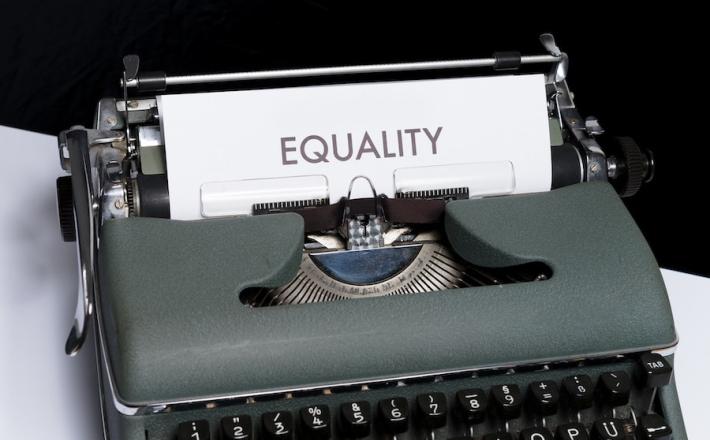Equal representation? The debate over gender quotas (Part 2)
Source: Harvard International Review
This article is the second in a two-part series examining the impact of gender quotas. The first article discussed the structure of gender quotas and their general impacts.
Gender quotas play a varied and complex role in political life; every country maintains its own reason for their implementation and experiences unique outcomes from their existence. This article aims not to present a definitive case for or against gender quotas. Rather, it explores two very different manifestations of gender quotas and how they concretely impact the political atmosphere of India and Sweden. These two countries help demonstrate how quotas may bring gender equality in name, but not in practice. Both countries suffer from a similar “moral hazard” problem where quotas may encourage complacency in addressing women’s issues, leaving deeper problems unresolved.
Click here to read the full article published by Harvard International Review on 15 August 2022.

This article is the second in a two-part series examining the impact of gender quotas. The first article discussed the structure of gender quotas and their general impacts.
Gender quotas play a varied and complex role in political life; every country maintains its own reason for their implementation and experiences unique outcomes from their existence. This article aims not to present a definitive case for or against gender quotas. Rather, it explores two very different manifestations of gender quotas and how they concretely impact the political atmosphere of India and Sweden. These two countries help demonstrate how quotas may bring gender equality in name, but not in practice. Both countries suffer from a similar “moral hazard” problem where quotas may encourage complacency in addressing women’s issues, leaving deeper problems unresolved.
Click here to read the full article published by Harvard International Review on 15 August 2022.